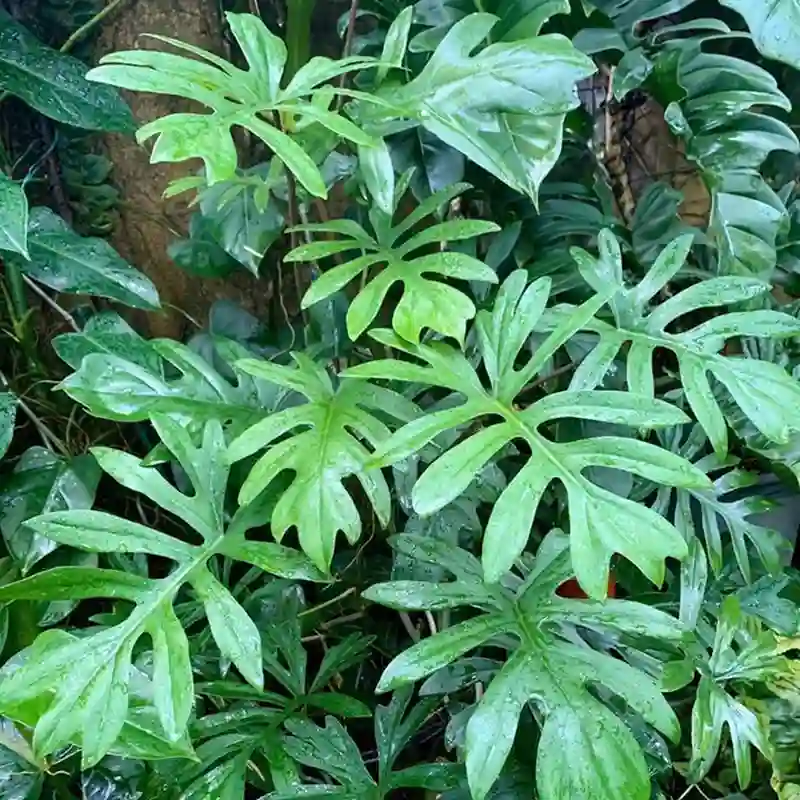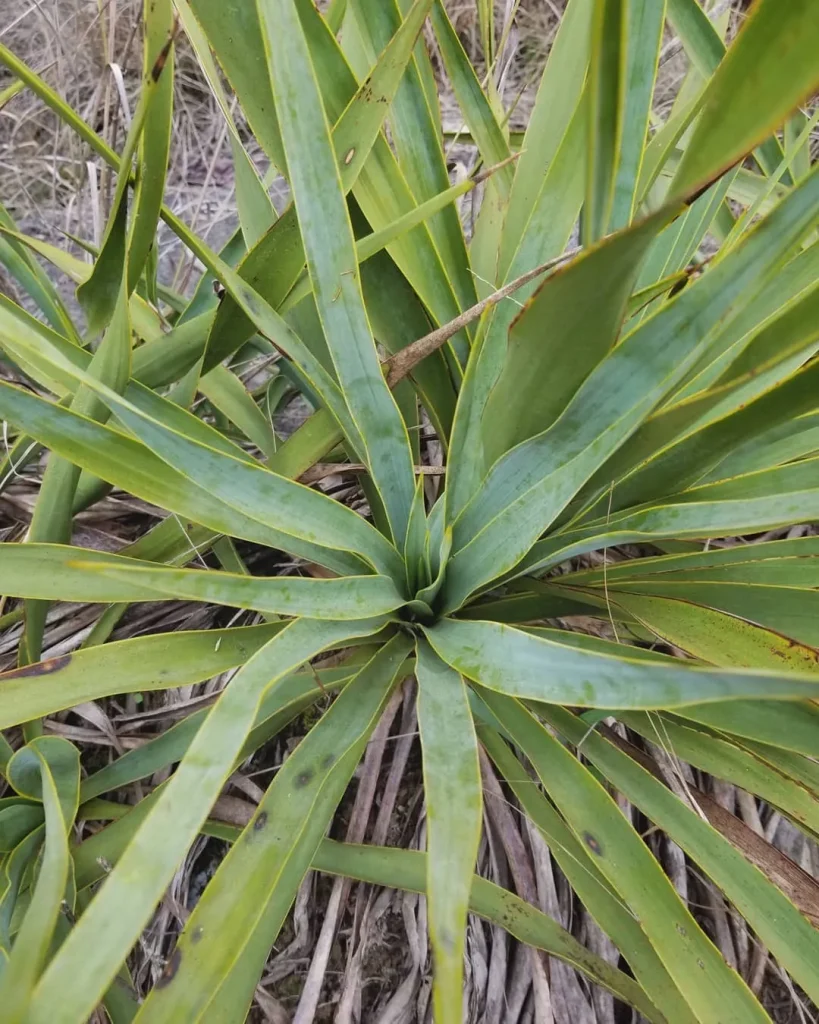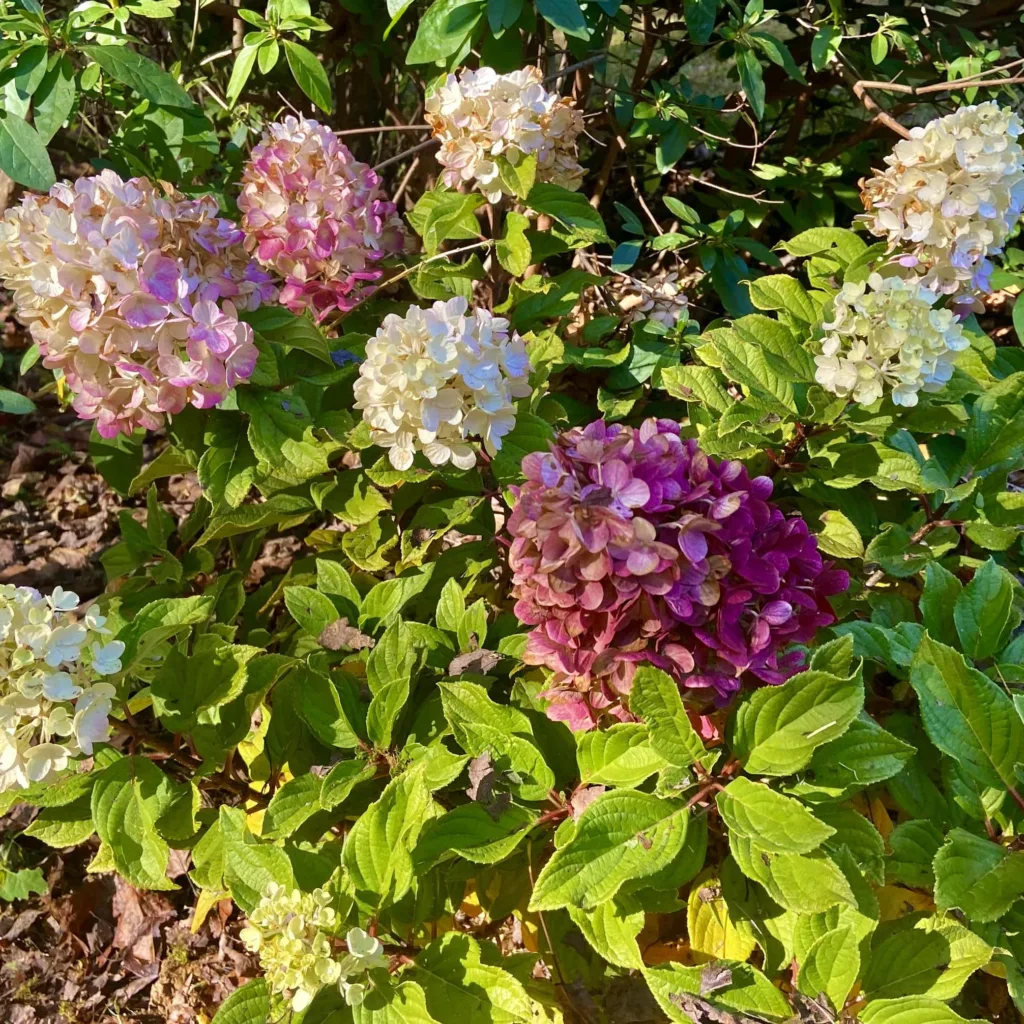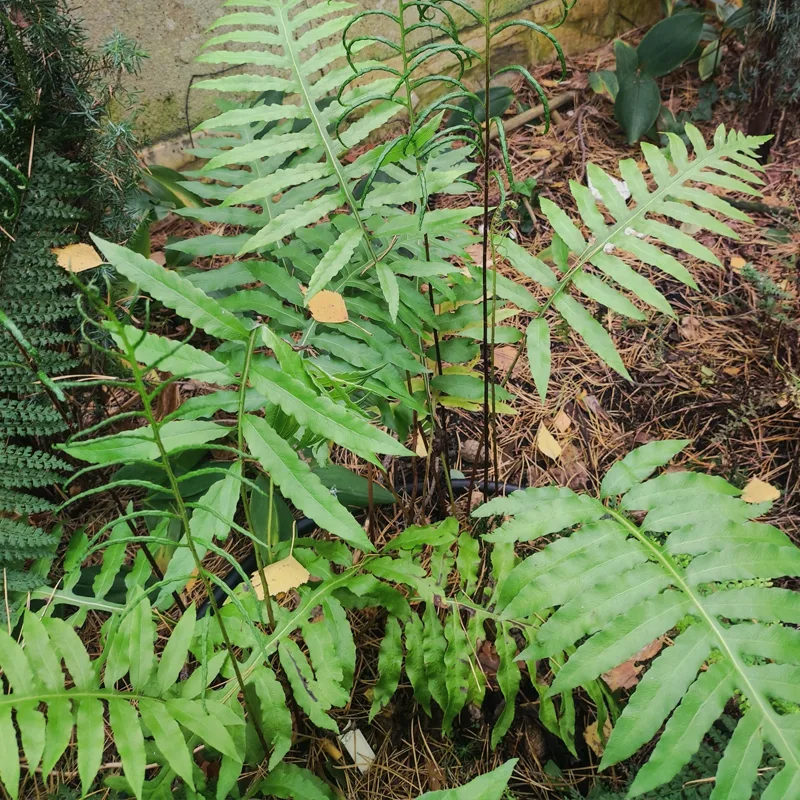What Is Cornus Drummondii?
Cornus Drummondii, also known as the Roughleaf Dogwood, is a deciduous shrub or small tree that’s native to North America. I’ve come across this plant in various landscapes, where it’s often used for erosion control or as a wildlife-friendly addition to gardens. The plant typically grows up to 15-25 feet tall, sporting white clusters of flowers in spring and white to bluish berries in late summer. Its leaves are a bit rough to the touch, which is how it gets the name “roughleaf”.
56 Species in Genus Cornus – Dogwood
How to Care for Cornus Drummondii?
When it comes to caring for Cornus Drummondii, I’ve found that it’s quite adaptable. It can handle a range of soil types, from clay to sandy, and it prefers full sun to partial shade. It’s drought-tolerant once established, which is a big plus in areas prone to dry conditions. I’ve noticed that this plant thrives with occasional deep watering during the summer, particularly in the first couple of years. You don’t need to over-fertilize it either—a light compost application in the spring keeps it happy.
Pruning is straightforward, too. I typically prune it in late winter to remove dead or damaged branches. This helps encourage healthy growth and maintain its shape. It’s a hardy plant that doesn’t require too much fuss.
How to Propagate Cornus Drummondii?
Propagating Cornus Drummondii can be done through both seeds and cuttings. In my experience, seed propagation takes longer and requires more patience. I prefer taking cuttings in late spring or early summer. To do this, I select healthy stems and cut about 4 to 6 inches long. Then, I remove the lower leaves and dip the cut end in rooting hormone before planting it in a well-draining potting mix. I’ve had the best success keeping the cuttings moist and in indirect sunlight until they establish roots, which usually takes a few weeks.
What to Plant with Cornus Drummondii?
In my garden, I like to pair Cornus Drummondii with native grasses like Little Bluestem and Prairie Dropseed. These grasses complement the dogwood’s natural look and thrive in similar conditions. I’ve also found that it works well with other native shrubs, such as American Beautyberry or Viburnum. The combination of different textures and seasonal colors adds a lot of visual interest throughout the year.
If you’re interested in attracting wildlife, consider planting it near plants like elderberries or serviceberries. Cornus Drummondii’s berries are a magnet for birds, and when paired with other wildlife-friendly shrubs, you create a small ecosystem in your backyard.
Is Cornus Drummondii Toxic?
One of the things I appreciate about Cornus Drummondii is that it’s non-toxic. This makes it a safe choice for landscapes where pets or small children play. While the berries are not considered toxic to humans, they’re not particularly edible either. They’re mainly enjoyed by birds and other wildlife, so I let them stay on the plant for nature to enjoy.
What Are the Benefits of Cornus Drummondii?
Cornus Drummondii brings multiple benefits to a garden. First, it’s an excellent choice for erosion control, especially in areas with poor soil where other plants might struggle. I’ve used it on slopes, and its extensive root system has done a great job stabilizing the soil. Its ability to adapt to various conditions also makes it a versatile option for anyone looking to add a low-maintenance, hardy plant to their landscape.
Additionally, it’s great for attracting wildlife. The flowers attract pollinators like bees and butterflies, while the berries provide food for birds. This makes it a valuable plant for those of us who want to support local ecosystems.
What Are the Common Problems with Cornus Drummondii?
Though it’s a relatively low-maintenance plant, Cornus Drummondii can face some challenges. In my experience, it’s susceptible to powdery mildew, especially in areas with poor air circulation or high humidity. I combat this by making sure there’s plenty of space between plants and keeping an eye on moisture levels.
Another issue I’ve encountered is leaf spot, which is caused by fungal infections. Regular pruning and removing affected leaves usually keeps this under control.
Lastly, deer sometimes browse on young Cornus Drummondii plants, though they tend to leave more mature plants alone. If deer are a problem in your area, using deer repellents or planting deterrent species nearby can help.
How Does Cornus Drummondii Compare with Similar Species?
Cornus Drummondii is sometimes confused with other dogwood species, particularly Cornus Florida (Flowering Dogwood) or Cornus Racemosa (Gray Dogwood). While all these species share the characteristic white flower clusters, Cornus Drummondii is unique due to its rough leaves and its more shrubby, less tree-like growth habit.
In contrast, Cornus Florida has larger, showier flowers and is often used as a specimen tree. Cornus Racemosa, meanwhile, tends to be shorter and more multi-stemmed, making it ideal for hedges. I prefer Cornus Drummondii when I’m looking for a more natural, wild look in the landscape, especially since it handles tough conditions better than the other species.
Is Cornus Drummondii a Good Option for Urban Gardens?
If you’re like me and sometimes garden in smaller urban or suburban spaces, Cornus Drummondii can still be a great choice. Its tolerance for a range of soils and its ability to thrive in partial shade make it adaptable to city environments. Just be mindful of its potential size, as it can grow into a large shrub. In tighter spaces, regular pruning will keep it manageable. I’ve used it as a privacy screen or a wildlife-friendly hedge in these settings with great success.
Final Thoughts
Cornus Drummondii is a versatile, resilient, and wildlife-friendly plant that I’ve grown to appreciate in many settings. Whether you’re looking for erosion control, wildlife support, or simply a low-maintenance shrub for your garden, this native dogwood delivers. With proper care and attention to common issues like mildew and leaf spot, it can thrive and provide benefits for years to come.
If i die, water my plants!



